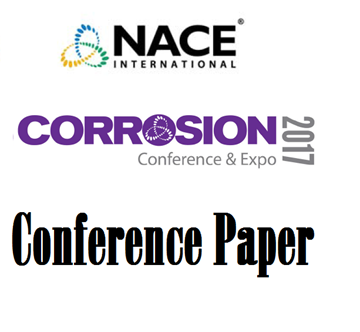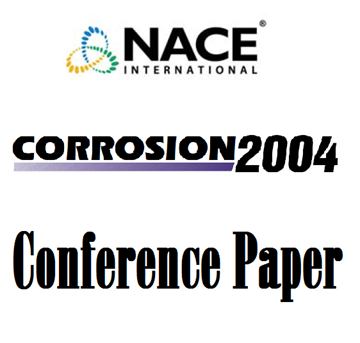Search
Comprehensive Approach to Oxygen Corrosion Analysis of Water Injection Systems
Also Purchased
02270 Corrosion Consequences of Oxygen Entry Into Oilfield Brines
Product Number:
51300-02270-SG
ISBN:
02270 2002 CP
$20.00
An Overlooked Corrosion Risk? The Incompatibility of Biocides and Oxygen Scavengers
Product Number:
51317--9060-SG
ISBN:
9060 2017 CP
Publication Date:
2017
$20.00
04139 Corrosion Behavior of Carbon Steel, Low Alloy Steel and CRA's in Partially Deaerated Sea Water and Commingled Produced Water
Product Number:
51300-04139-SG
ISBN:
04139 2004 CP
Publication Date:
2004
$20.00




